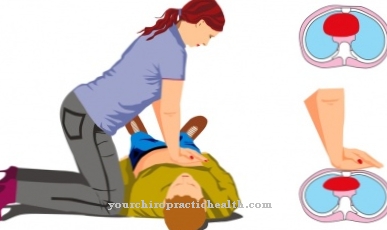As belly is an anatomical unit of the human body, which contains different organs and organ systems. The abdomen is the lower front part of the trunk, located between the diaphragm and the pelvis. An increased accumulation of fat cells in this anatomical section is popularly referred to as a stomach.
What characterizes the stomach?

The medical term for the belly, that is, the abdomen and its entrails, is called the abdomen. If the doctor speaks of abdominal problems, for example, this can mean abdominal pain or other diseases of the abdominal cavity.
Body or abdomen are synonymous terms in medicine for the middle or lower abdomen. In the broadest sense, the abdomen is also to be understood as the so-called abdominal cavity, which houses all abdominal organs.
The abdominal cavity is bounded almost exclusively by soft tissues on all sides. But there is also a bony protection of the abdomen. This is formed overall by the spine, parts of the chest and both iliac blades.
The abdominal cavity is divided into two anatomical sections, the peritoneum cavity and the so-called retroperitoneal space. The peritoneum cavity is the part of the abdomen that is lined inwards with what is known as the peritoneum. The space behind the peritoneum is called the retroperitoneal space. Organs, such as the kidneys, are also located in this part of the abdomen.
Anatomy & structure
The anatomy and structure of the human abdominal cavity result from its limitations to other anatomical structures and from the vital organs located in the abdominal cavity. The abdomen is separated from the chest cavity by the diaphragm at the top, and at the bottom there is an anatomical limitation by the pelvis.
All the walls and organs of the abdomen are enveloped by the peritoneum. The retroperitoneal organs, kidneys, adrenal glands, abdominal aorta, pancreas and duodenum are located in the connective tissue space behind the abdomen.
The liver is located under the diaphragmatic dome, while the spleen is located in the upper left abdomen. As an organ of immunity, it performs important functions, but is not essential for survival. The digestive organs fill most of the abdomen. The digestive organs include the esophagus, stomach, duodenum, gallbladder, pancreas, small intestine, colon, and rectum.
In this digestive tract, after any liquid or solid food intake, digestion takes place in the individual anatomical sections. After dehydration and thickening, the indigestible remains are excreted through the anus as a stool.
Function & tasks
The various functions and tasks of the abdomen are determined by the organs and organ systems it houses. The diaphragm as a muscle plate between the chest and stomach is used for breathing. The heart and lungs are contained in the chest cavity. The abdominal aorta is the most important artery in the abdomen.
The kidneys serve as filter organs and ensure the excretion of superfluous metabolic products through urine production. The adrenal glands are also part of the abdominal organs; they take on important functions as hormone producers. The pancreas is responsible for the secretion of certain digestive enzymes and the regulation of blood sugar metabolism. As a detoxification organ, the liver in the upper right abdominal cavity is of central and vital importance.
The gall bladder is able to store the bile produced by the liver and, if necessary, make it available for digesting fatty foods. The gallbladder is not vital. The stomach is the central digestive organ, the gastric mucosa secretes enzymes and hydrochloric acid, which are used in particular to digest protein.
The small intestine serves to further digest the chyme. The intestinal villi absorb nutrients directly into the bloodstream. In the colon, the actual digestive process has already been completed. Here, the water is largely withdrawn from the chyme and the leftovers are collected in the rectum until they are naturally excreted, also known as defecation.
Illnesses & ailments
All organs and organ systems in the abdomen can become ill, this applies to both individual sections of the abdomen and the entire abdominal cavity. The main symptom for abdominal complaints is the so-called abdominal pain, which can occur acutely or chronically. Abdominal pain in all its forms is always a symptom that requires clarification. It can hide both harmless and life-threatening causes.
Rapid medical action is required, particularly in the case of the so-called acute abdomen with a board-hard stomach and immune system tension. The main cause of this acute abdominal pain is appendicitis, the so-called appendicitis. Other anatomical sections of the abdomen can also show inflammatory changes.
The entire peritoneum can also be affected by inflammation, in which case doctors speak of peritonitis. Peritonitis based on a ruptured appendix or mesenteric infarction are still common today; the entry of feces into the free abdominal cavity is life-threatening and the immediate indication for surgery.
Inflammation of the mucous membranes of the stomach, the so-called gastritis, is also a common clinical picture. Just like inflammation of the pancreas, pancreatitis, gastritis can also be triggered by excessive alcohol consumption or malnutrition.
The abdomen is lined with a fine plexus of nerves, in this context one speaks of the abdominal brain. This is why vegetative disorders or stress also have a direct impact on abdominal health. Unclear, chronic abdominal complaints such as irritable bowel syndrome are often an expression of these so-called functional disorders, usually without a specific anatomical finding.
In addition to inflammation, tumor diseases of the entire gastrointestinal tract are also playing an increasing role. Malignant neoplasms of the stomach, rectum or pancreas are increasing due to malnutrition and obesity.
Pancreatic cancer is particularly feared because there is no early detection and abdominal pain due to such cancer of the pancreas is usually a symptom of an already extensive tumor infestation.
You can find your medication here
➔ Medicines for stomach ailments and pain

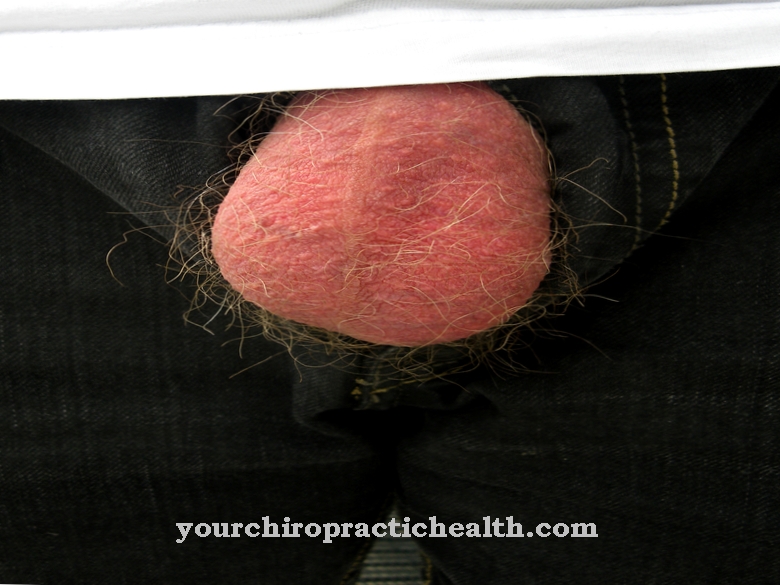
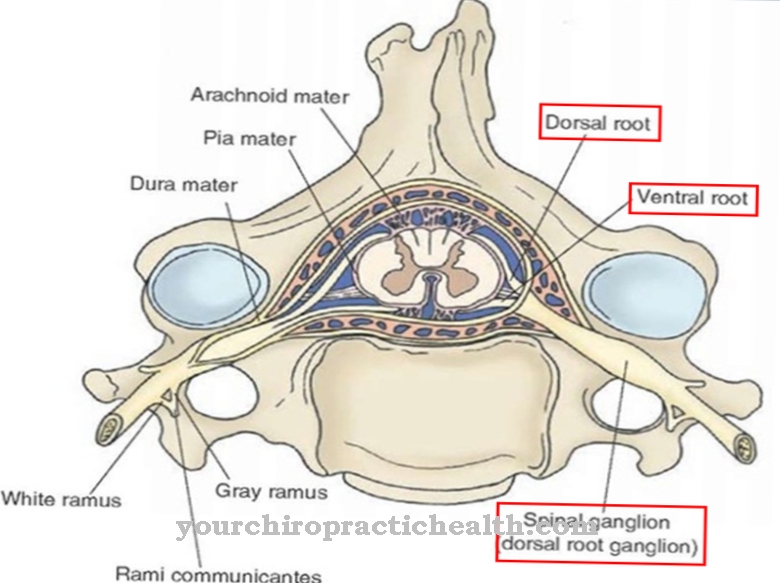

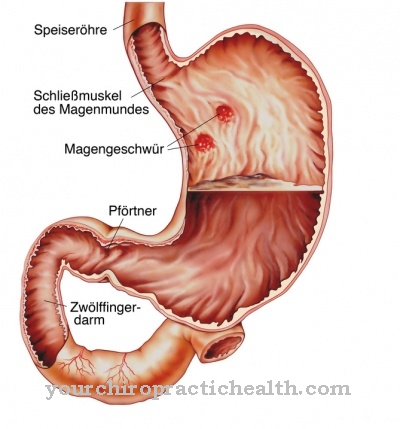
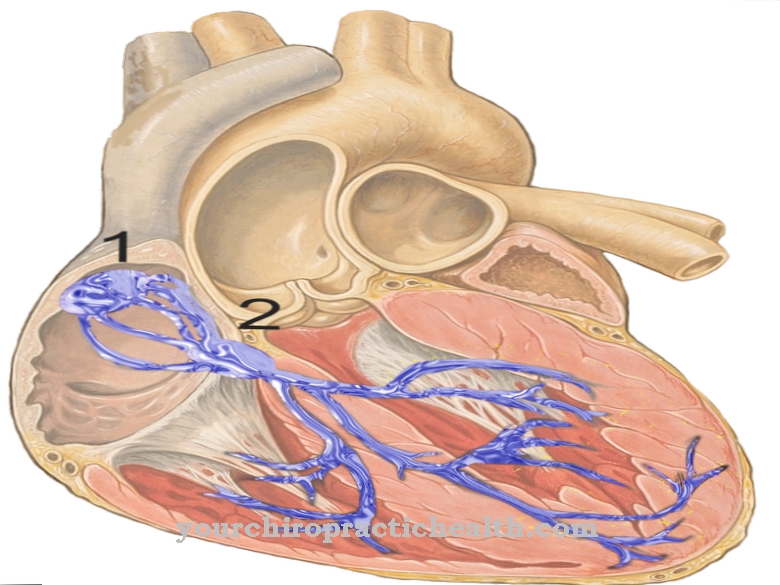
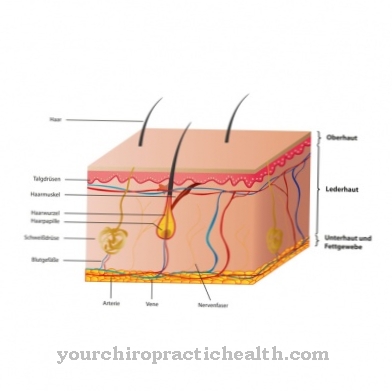




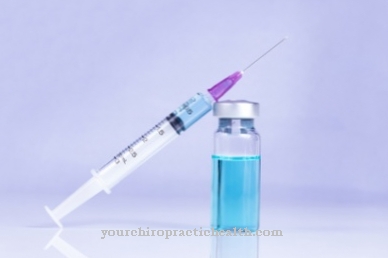



.jpg)
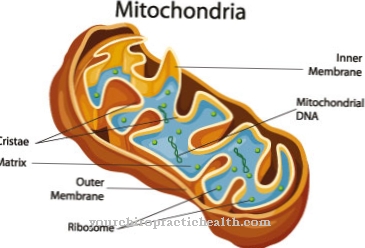


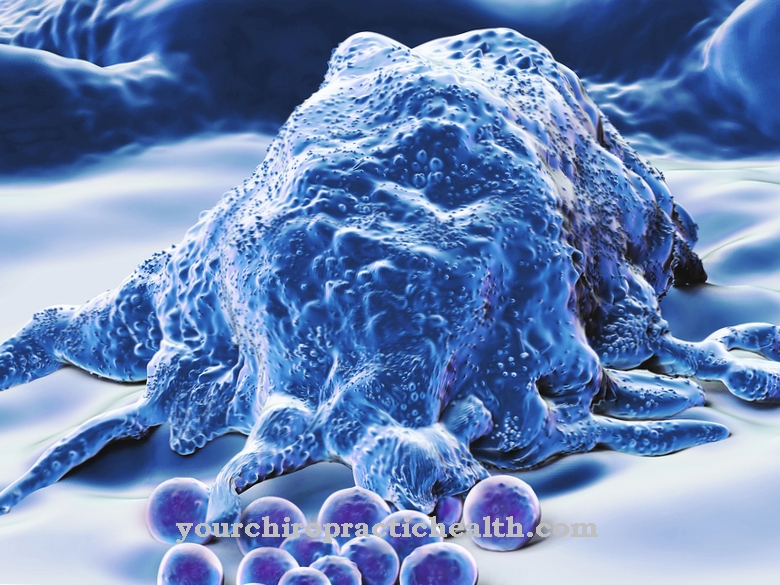
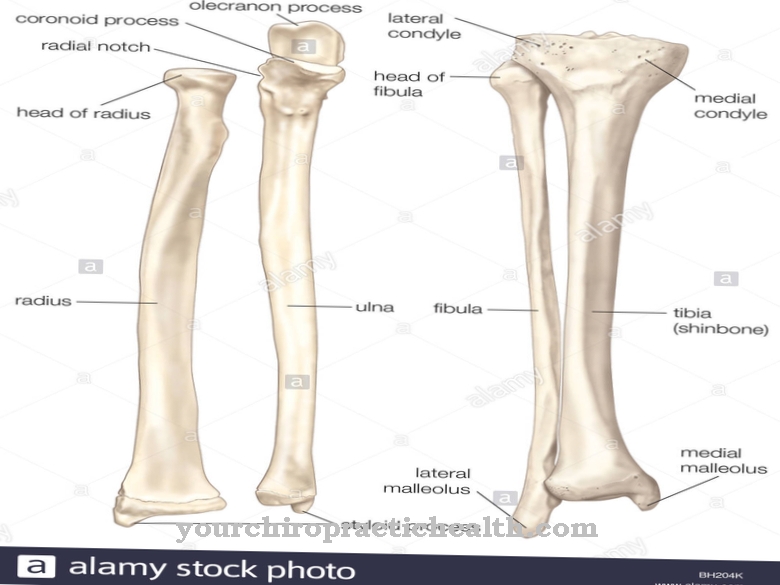
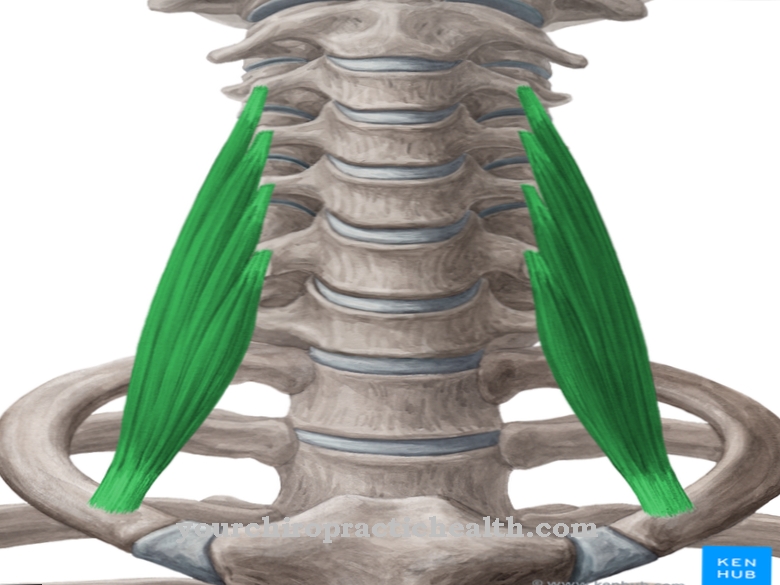
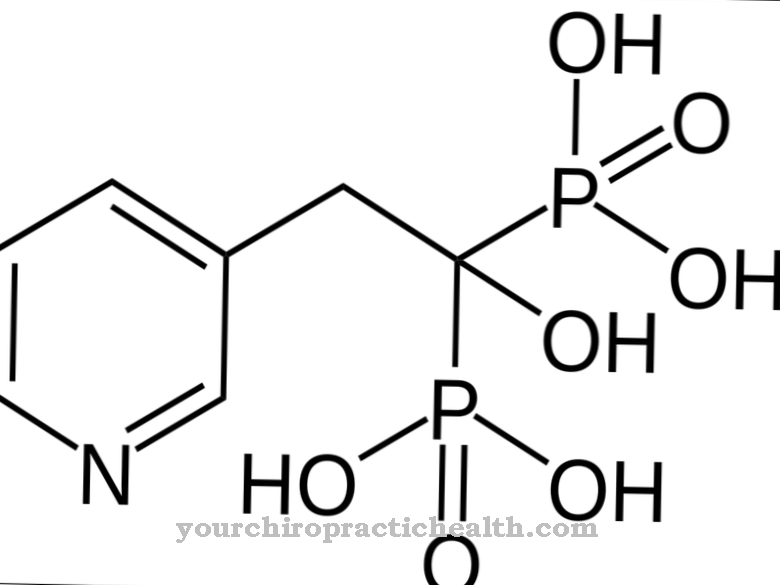
.jpg)

